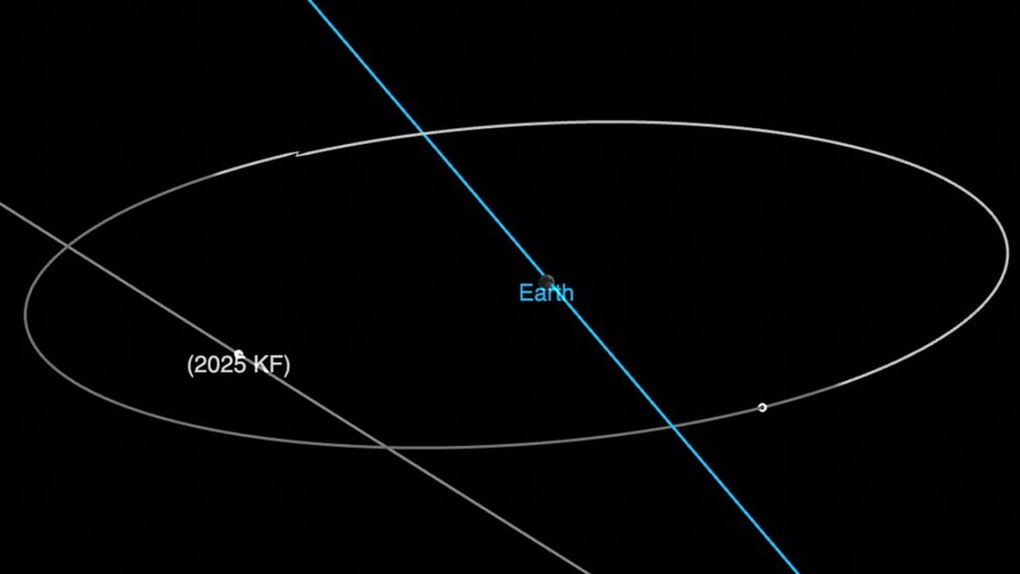
Simulation of the position of asteroid 2025 KF relative to Earth and the Moon (Photo: NASA).
Early this morning (May 22), an asteroid named 2025 KF, estimated to be the size of a house, flew past Earth at a distance of about 115,000 km, equivalent to about 1/3 of the distance from Earth to the Moon.
Despite the warning, the event did not pose any risk of impact to the Earth or the Moon, according to information from the US National Aeronautics and Space Administration (NASA).
According to NASA, the closest approach occurred at 12:30 a.m. At that time, asteroid 2025 KF was traveling at a speed of about 41,650 km/h, crossing the Earth's south pole before continuing its journey in orbit around the Sun.
Discovered on May 19 by astronomers working on the MAP project in the Atacama Desert (Chile), this asteroid has an estimated diameter of 10 to 23 meters, equivalent to the size of a normal house.
With such a size, in the event of a collision with Earth, this object is believed to burn up in the atmosphere, without causing serious effects on the planet's surface.

Even in the event of a collision with Earth, 2025 KF would not cause serious damage to the planet's surface (Illustration: Getty).
NASA's simulation of 2025 KF's orbit shows that not only will the asteroid not collide with Earth, it will also not come close enough to pose a danger to the Moon, which is located at an average distance of more than 384,000 km from Earth.
Asteroid 2025 KF is also not classified as a Potentially Hazardous Asteroid, a designation given to objects whose orbits cross Earth and whose diameters are large enough to cause damage if they collide.
Since 1998, NASA has recorded nearly 40,000 near-Earth asteroids, of which about 4,700 are classified as potentially hazardous. However, according to the Center for Near-Earth Object Studies (CNEOS), there is currently no known asteroid that poses a significant risk of impacting Earth within the next 100 years.
Early detection and tracking of small space objects like 2025 KF is an important part of the global effort to monitor the risk from asteroids, and helps scientists better understand the space environment around Earth.
Source: https://dantri.com.vn/khoa-hoc/vat-the-co-kich-thuoc-bang-ngoi-nha-bay-luot-qua-trai-dat-20250522072849004.htm







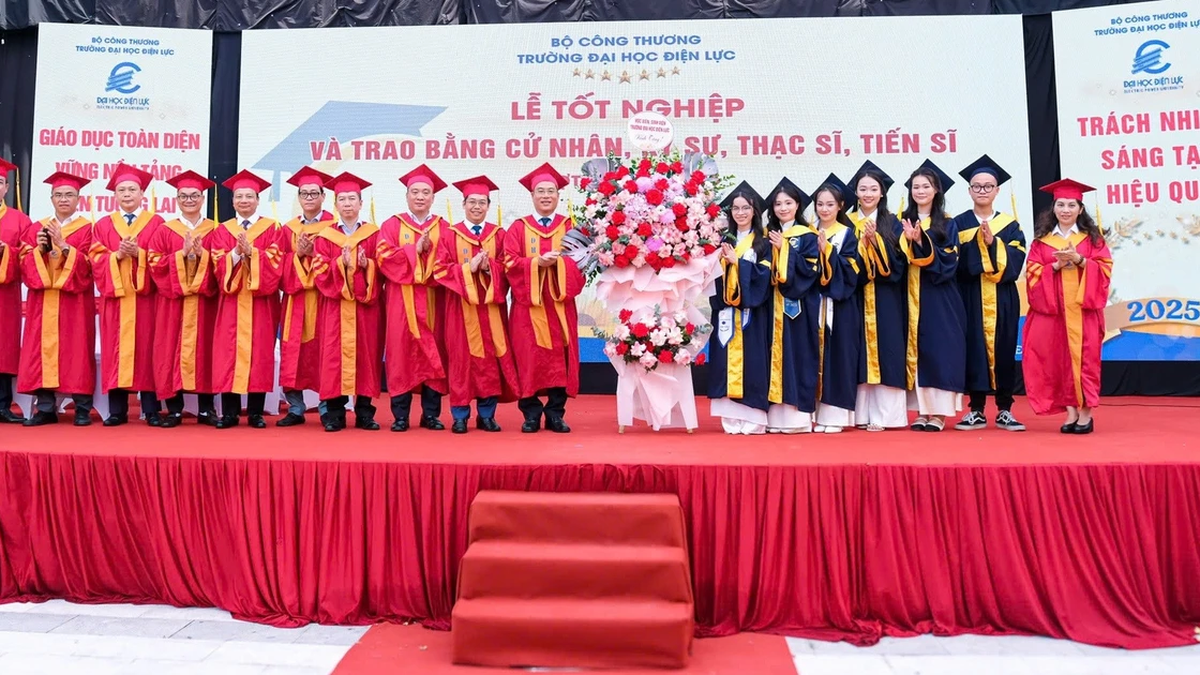



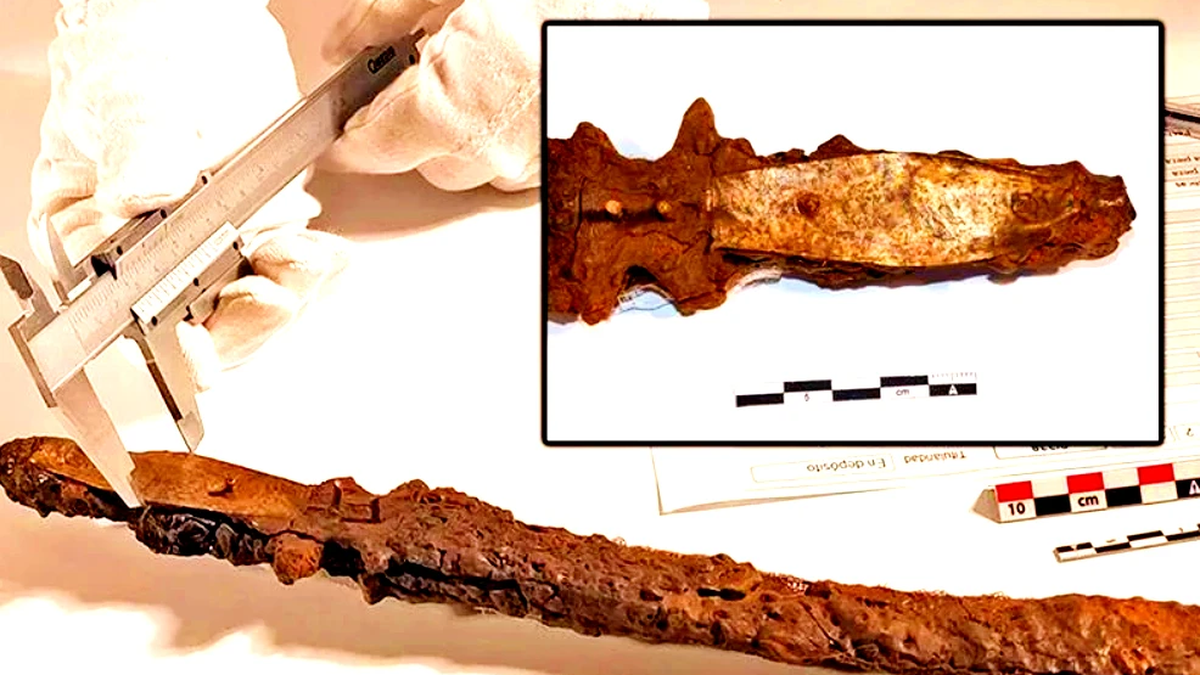













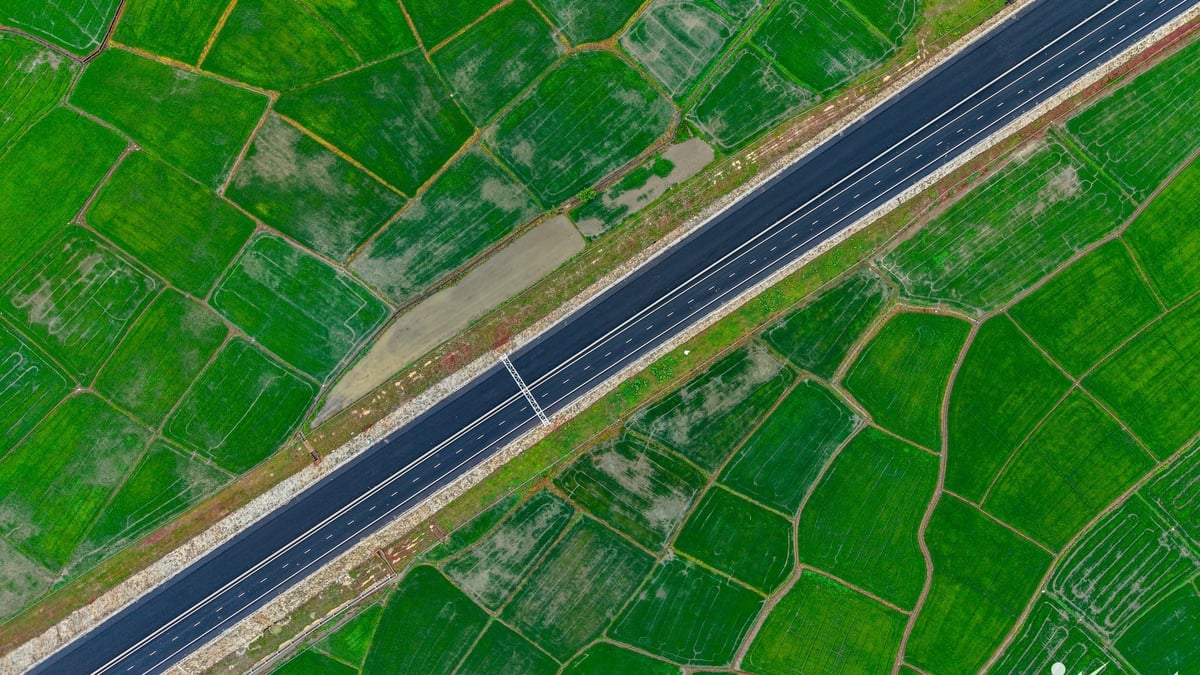




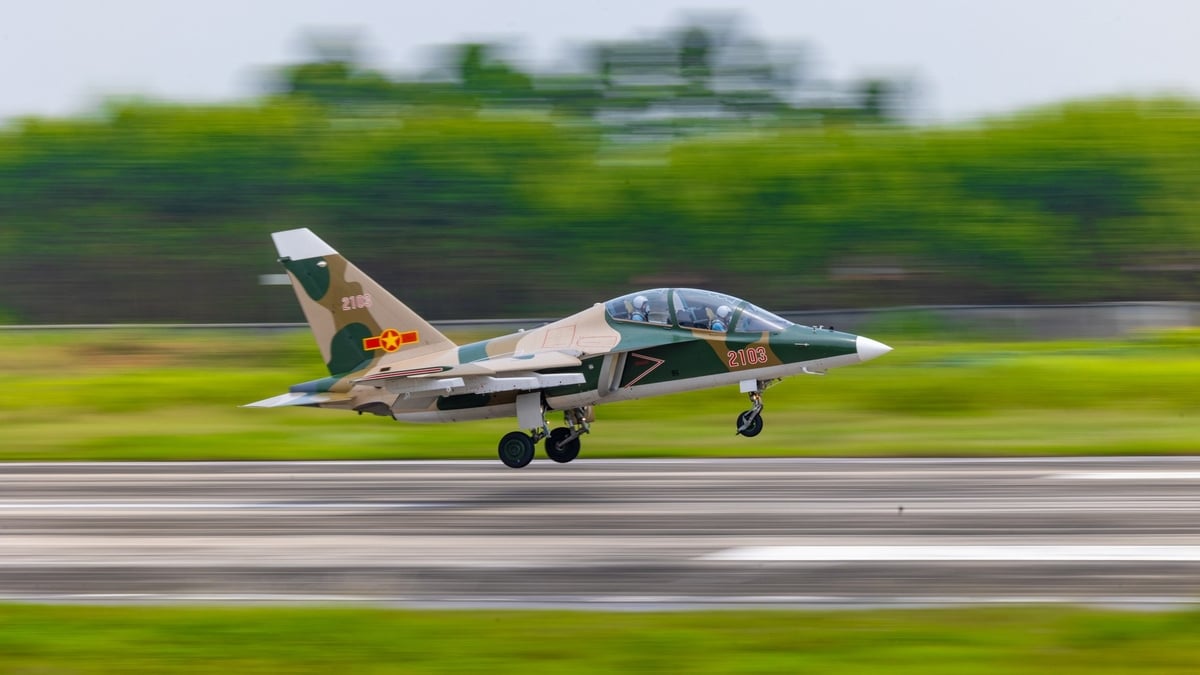



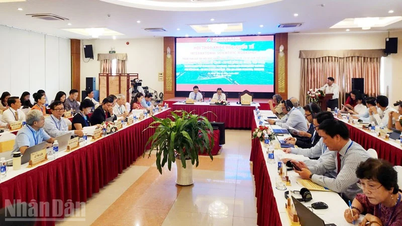

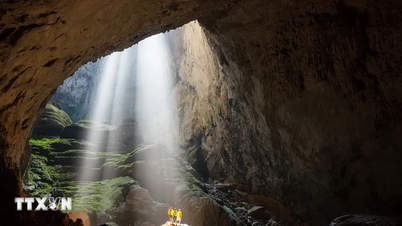

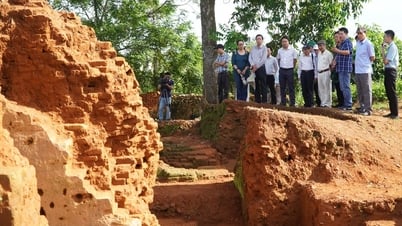








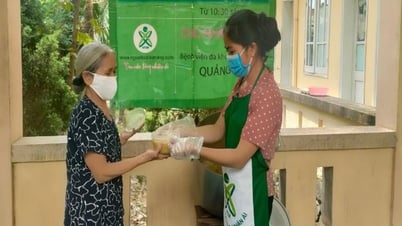
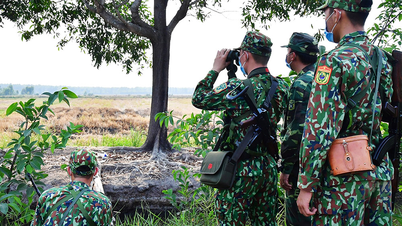



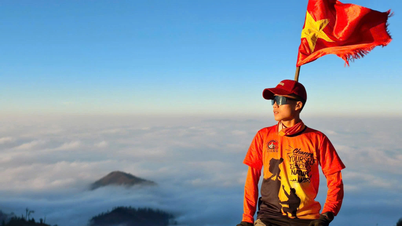






















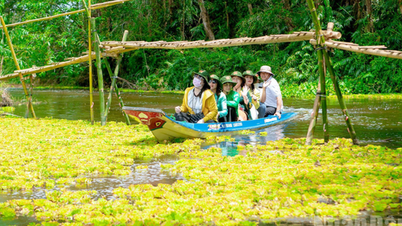











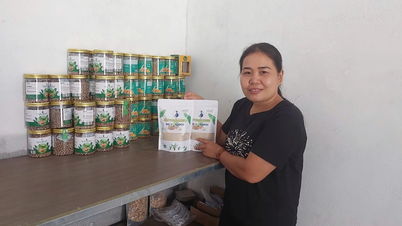

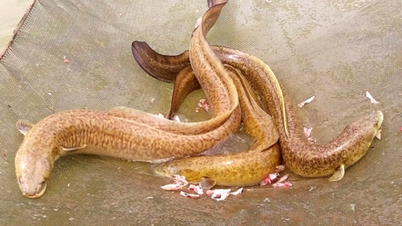




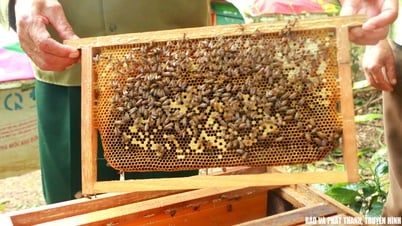

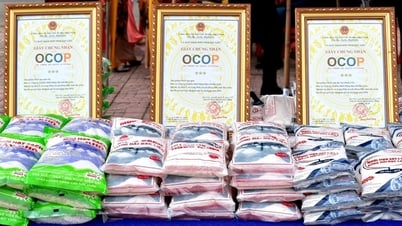

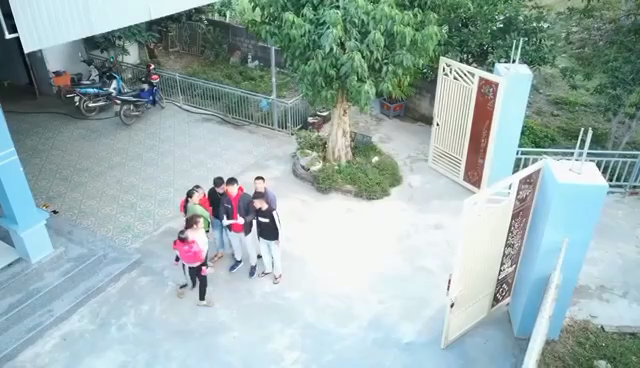



Comment (0)